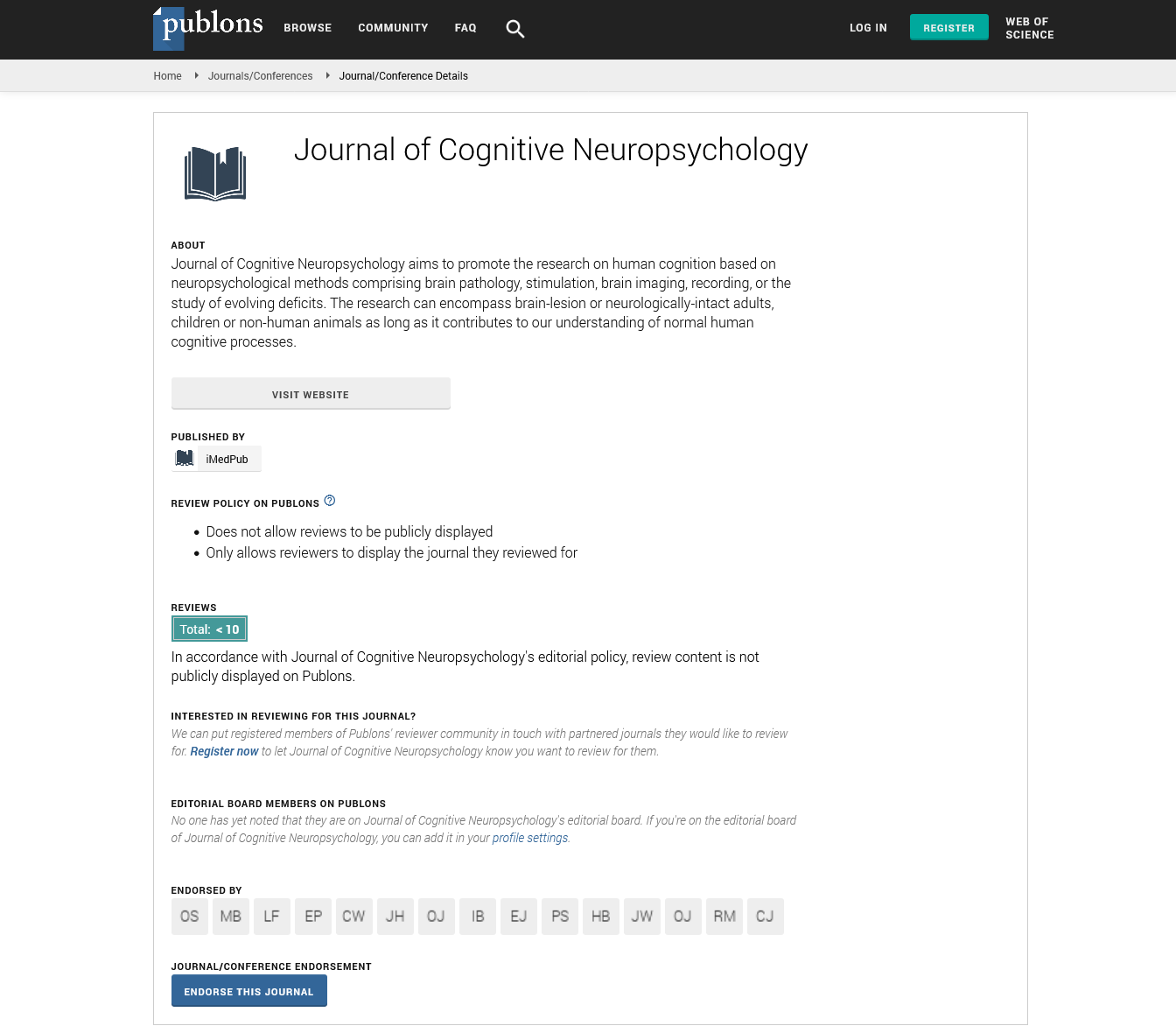Abstract
Novel Concepts for Neurology and Medicine from the Interaction between Signalling Pathways Mediated by Ca2+ and cAMP: An Intriguing History
Introduction:
With the high spatial resolution of magnetic resonance imaging (MRI) particularly for the soft tissue such as in brain and non-ion radiation involved, the integrative positron emission tomography (PET)/ MRI system is expected to provide almost equivalent image quality compared with PET alone or PET/CT system, and simultaneous MRI information that is not conventionally available [1]. PET-MRI opens new horizons in multi-parametric neuroimaging for clinical research that allows simultaneous imaging of multiple parametric changes such as blood flow and metabolism at the same time. While MRI could provide superior structural information, applying MRI anatomical priors to reduce the PET partial volume effect could be achieved to improve spatial resolution of PET images for clinical and research usages.
Objectives: It is well established that the interaction between Ca2+ and cAMP signalling pathways is as a vital cellular process in mammalians [8-11]. This classical concept assumes that these signalling pathways virtually exist in all mammalian cells, modulated by adenylyl cyclases (ACs) and phosphodiesterases (PDEs) [8-11]. In addition, endoplasmic reticulum (ER) Ca2+ channels have particularly been a forefront for the interaction between Ca2+ and cAMP signalling pathways field, such as Ca2+ channels modulated by ryanodine receptors (RyR) [8-11]. We reinforced the idea that the interaction between Ca2+ and cAMP signalling pathways plays a fundamental participation in the modulation of neurotransmitter release from neurons and neuroendocrine cells [8-11]. Then, the interaction of Ca2+ and cAMP signalling pathways could be a new therapeutic goal for pharmaceuticals..
Results: In fact, it was showed that the prescription of L-type CCBs is able to reduce motor symptoms, and reduces the continued neuronal death in animal model of Parkinson´s disease, indicating that L-type CCBs are potentially workable neuroprotective pharmaceuticals [15]. Intriguingly, a 1-decade study involving thousands senile hypertensive patients demonstrated that prescription of L-type CCBs can reduce blood pressure, and incidence of dementia in hypertensive patients, indicating that these pharmaceuticals could be used to treat neurodegenerative diseases in clinics [16]. These results for the effects related to neuroprotection of CCBs have been reinvestigated in thousands elderly hypertensive patients with dysfunction of memory abilities [17]. These studies concluded that patients who have taken CCBs had their risk of cognitive dysfunction decreased, such as Alzheimer´s disease [17]. These findings reinforce the concept that Ltype CCBs can reduce cytosolic Ca2+ overload produced due to blocking of Ca2+ influx, and thus could be an alternative pharmacological goal to reduce, or prevent, death of neurons resulted from neurodegenerative diseases.
Based on these findings, we have anticipated that the pharmacological regulation of the Ca2+/cAMP signalling interaction by combined use of the L-type CCBs and [cAMP]c-enhancer compounds could be a novel therapeutic goal for increasing neurotransmission in neurological, and psychiatric disorders, resulted from neurotransmitter release deficit and neuronal death [8-11]. This pharmacological strategy opens a novel pathway for the drug development more efficient for the treatment of Alzheimer´s and other neurodegenerative diseases [18-24].
Conclusions: In conclusion, pharmacological interfering of the interaction between Ca2+ and cAMP signalling pathways could be a more efficient therapeutic approach for enhancing neurotransmission resulted from neurotransmitter release deficit, and reducing neuronal death. These findings could dramatically impact in neurology and medicine.
Author(s): Anastasia Lambrianides*, Savvas Dalitis, Natalia Filippidou, George Krashias, Christina Christodoulou and Marios Pantzaris
Abstract | PDF
Share This Article
Google Scholar citation report
Citations : 8
Journal of Cognitive Neuropsychology received 8 citations as per Google Scholar report
Journal of Cognitive Neuropsychology peer review process verified at publons
Abstracted/Indexed in
- Google Scholar
- Publons
- MIAR
Open Access Journals
- Aquaculture & Veterinary Science
- Chemistry & Chemical Sciences
- Clinical Sciences
- Engineering
- General Science
- Genetics & Molecular Biology
- Health Care & Nursing
- Immunology & Microbiology
- Materials Science
- Mathematics & Physics
- Medical Sciences
- Neurology & Psychiatry
- Oncology & Cancer Science
- Pharmaceutical Sciences
